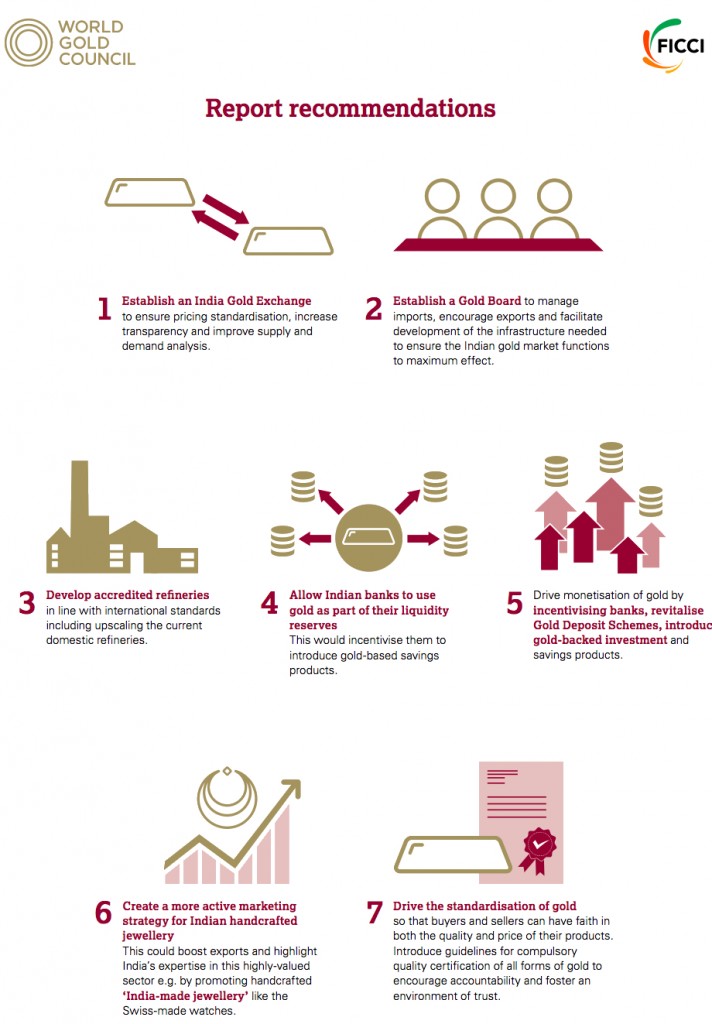Here is what India needs to effectively manage gold demand — interview

India needs a bullion board to regulate trade and a spot exchange to offer uniform prices, says Somasundaram PR, Managing Director of the World Gold Council India.
Somasundaram PR, Managing Director of the World Gold Council India, peels back the underlying weakness of India’s gold trade, arguing that world’s second-biggest consumer of the metal should allow banks to use bullion as part of their liquidity reserves. This, he says, would let Indians make better use of local gold, reducing the need for imports.
Cecilia Jamasmie spoke with the WGC executive this week coinciding with the release of the body’s report titled “Why India needs a gold policy.”
A lightly edited Q&A transcript follows:
1. What would be the main advantage for India of having its own gold exchange?
The three key advantages would be to enable pricing standardization, increase transparency and improve supply and demand analysis for the market. While no two countries are the same, I think that India can learn from the steps that China took by establishing the Shanghai Gold Exchange (SGE) to organize and coordinate Chinese gold transactions in 2001, as shown in this week’s report.
2. Why should the country also have its own bullion board and what would be the main role of such entity?
Establishing a gold board would enable gold to be used as part of the solution to the current account deficit and highlights that the precious metal can be used as an asset for the Indian economy, rather than a liability. The key role of such a board would be to manage imports, encourage exports and facilitate the development of an infrastructure that would help to ensure the Indian gold market functions to maximum effect.
3. Do you see a policy as the best solution to meeting Indians’ persisting appetite for the precious metal? Why?
We do. Not only would a comprehensive national gold policy allow gold to realize its potential in India and work for the economic good of the country, it would not impede Indians’ long standing affinity to the precious metal. If anything, it would help to support it.
One of the highlights of the survey findings is that more than 60% of respondents said they would consider depositing gold with a financial institution in return for interest and most said they would be happy to receive cash, branded coins or different gold from their initial deposit at maturity. Consumers are willing to consider interest bearing gold-based investment products, even if they receive different gold at the end of the tenure.
People in India buy gold as a long-term investment to protect their wealth and gold also has huge significance socially, emotionally and economically in India. The purchase of gold jewellery and coins comprises of 8% of daily consumption of a household, which is only marginally behind medical expenses and education. This clearly validates the fact that gold has been intimately interlinked with Indian society and culture as well as playing an integral role in annual household savings; which we believe can be put to work through a national gold policy.
4. Where to start?
We believe that it is essential to make better use of the 22,000 tonnes of gold held in Indian households — ensuring that gold becomes a fungible asset like any other financial savings.
A national policy would enable the industry to embrace a bigger vision of becoming the “jeweller to the world” in line with the Indian Government’s “Make in India” ambitions; whilst new gold refineries will help to create gold bars of an internationally accepted standard and accreditation centres will certify the purity of gold products. This will allow India to play a more important role in the international gold market, reflecting its status as a driver of gold demand.
As outlined by the seven key recommendations in the report, we fundamentally believe a comprehensive national gold policy would allow gold to realise its potential in India and work for the economic good of the country.
The recommendations in the report are backed by data driven analytics, for which, the World Gold Council commissioned The Federation of Indian Chambers of Commerce and Industry (FICCI) to conduct a widespread survey of Indian consumers.
The goal was to discover why they buy gold, why they sell it and how they would respond to initiatives aimed at monetizing gold in India. The study was conducted with 5,000 respondents across India, including roundtable discussions and extensive interviews with stakeholders from the industry.
{{ commodity.name }}
{{ post.title }}
{{ post.date }}


Comments
Ann
Does the WGC policy paper mention that India should encourage more intensive, technology driven gold exploration ? Does it mention that India should find ways of meeting at least a part of its appetite locally.